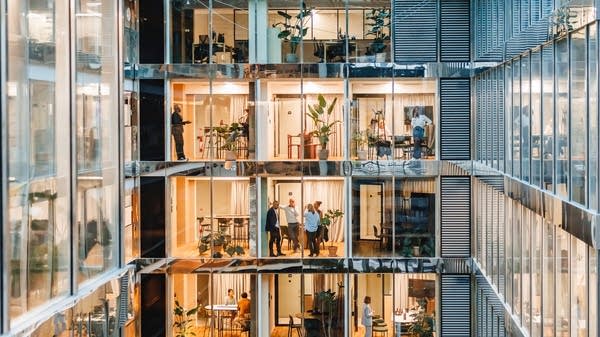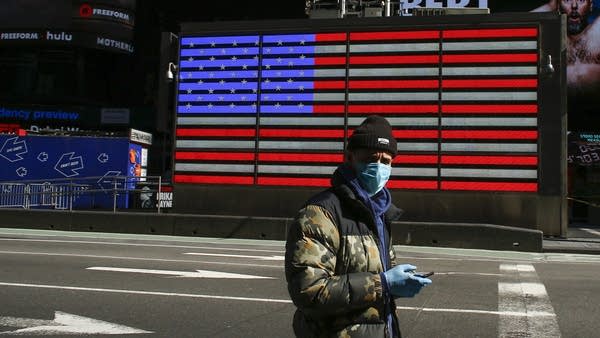What is a double-dip recession?
Not all recessions are created equal.

Not all recessions are created equal. And as our current pandemic-fueled recession drags on and coronavirus cases continue to surge, fears of a “double-dip recession” are mounting.
So what does that mean?
“A double-dip recession is when a second recession begins before the recovery from the first recession is complete,” said Martha Olney, a teaching professor of economics at the University of California, Berkeley.
Picture the economy beginning to recover from a recession, only to be interrupted by another downturn — potentially even worse than the initial slump.
“The analogy I like to use is when you’re in the hospital and you have surgery, you come out of surgery and you’re in recovery and you’re making progress, and then all of a sudden you have a relapse,” Olney said.
The good news is that double-dip recessions are relatively rare. The last time the U.S. experienced one was nearly 40 years ago, in the early 1980s.
“The first part of the double-dip recession starts at the end of 1979, early 1980. And that’s related to interest rates being quite high in response to the second OPEC crisis, which again, drove gas prices and inflation very, very high,” Olney said.
In an attempt to curb inflation, the Federal Reserve raised interest rates, which triggered a recession. That’s the first dip.
In response, the Fed lowered rates and the economy started to recover.
But this wasn’t happening in a vacuum.
“Now, remember that 1980 is an election year. Ronald Reagan was elected the first time in November of 1980. And then early in ’81 and into ’82, under the new administration, when the battle was to really kill the inflation, the interest rates were raised even higher,” Olney said.
The federal funds rate — a key lever the Fed uses to influence interest rates — was over 20%, which stalled the recovery and brought the economy into another recession. That’s the second dip.
Which brings us to the current conversation in Congress about the next stage of economic relief — at a time when the number of people receiving unemployment benefits has topped 20 million for months.
“We know, for instance, that the unemployment insurance that people have been receiving is running out at the end of December. And so there are some serious headwinds coming in January of 2021,” Olney said.
Headwinds that include the protections against foreclosures and evictions expiring, aid to state and local governments running out and the likelihood that many of the jobs that have been lost during the pandemic aren’t coming back.













